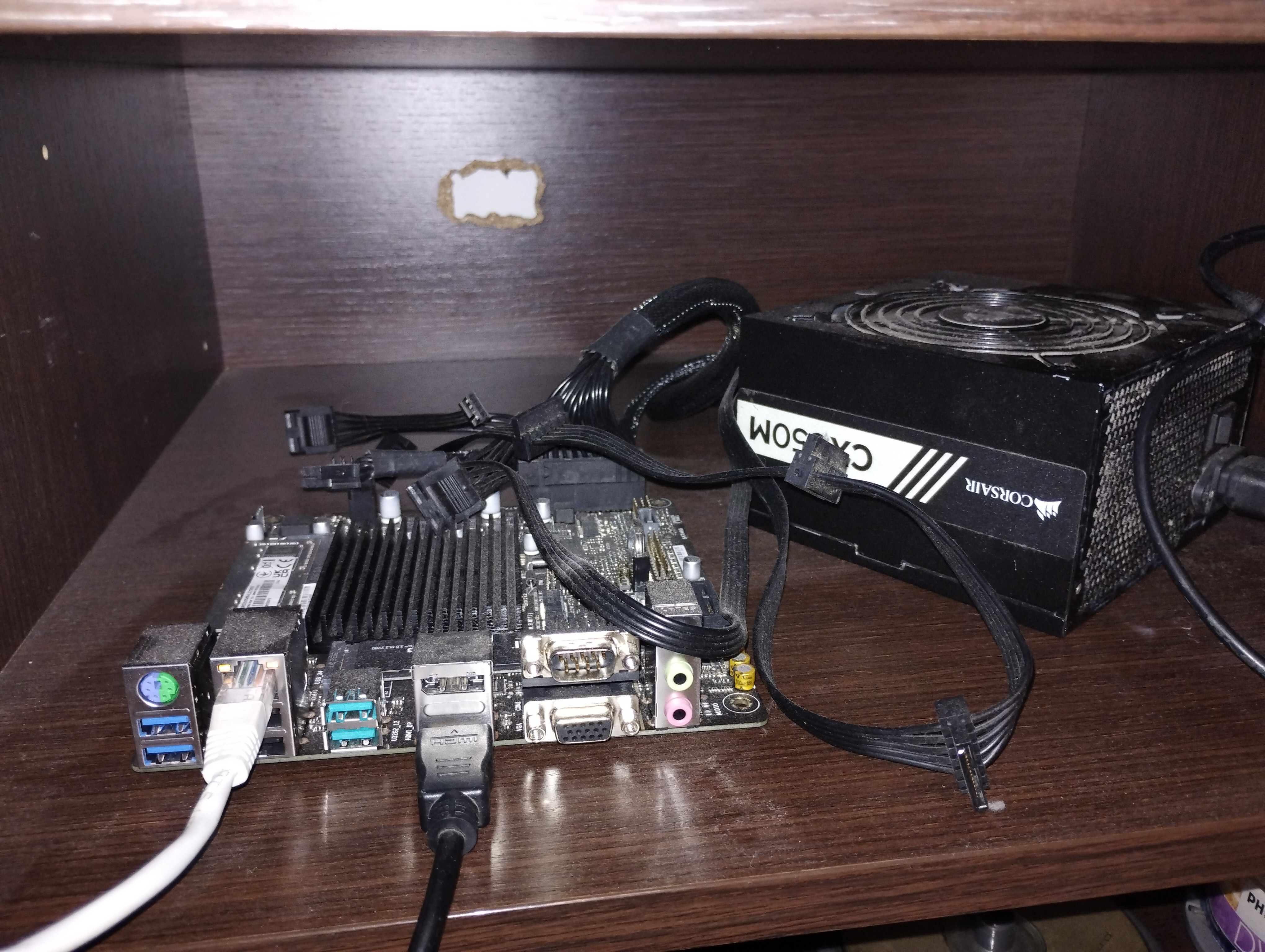So much about vibe coding and yet I have not seen any (working) application or project made by utilizing it.
Well, I wonder why…
So much about vibe coding and yet I have not seen any (working) application or project made by utilizing it.
Well, I wonder why…
IntelliJ now requires like 8GiB of RAM to even open.


Since you need to self-host Jellyfin, then you are responsible for making the service public.


Finally found what’s causing my laptop’s DNS servers to change automatically in the background. It was the systemd-resolved FallbackDNS setting. Disabled it in a config and now I can access all my custom DNS names.


What do you mean by that?


I’d just like to interject for a moment. What you’re referring to as Linux, is in fact, GNU/Linux, or as I’ve recently taken to calling it, GNU plus Linux. Linux is not an operating system unto itself, but rather another free component of a fully functioning GNU system made useful by the GNU corelibs, shell utilities and vital system components comprising a full OS as defined by POSIX. Many computer users run a modified version of the GNU system every day, without realizing it. Through a peculiar turn of events, the version of GNU which is widely used today is often called “Linux”, and many of its users are not aware that it is basically the GNU system, developed by the GNU Project. There really is a Linux, and these people are using it, but it is just a part of the system they use. Linux is the kernel: the program in the system that allocates the machine’s resources to the other programs that you run. The kernel is an essential part of an operating system, but useless by itself; it can only function in the context of a complete operating system. Linux is normally used in combination with the GNU operating system: the whole system is basically GNU with Linux added, or GNU/Linux. All the so-called “Linux” distributions are really distributions of GNU/Linux.
GREECE MENTIONED
I update daily and never had issues with packages.
Arch: I have the most up to date computer in the whole world, I have the AUR, no one can stop me
switches to Debian
Debian: My packages are so stable, nothing can break the eternal peace of my system’s packages
switches back to Arch



My laptop is called xontros-gatos, which in my native language means fat-cat. Similarly, my server is called server-cat, a small laptop that I have for testing stuff is called small-cat and a new laptop that I just got is called fatter-cat.
I LIKE CATS I LIKE CATS I LIKE CATS I LIKE CATS I LIKE CATS I LIKE CATS I LIKE CATS I LIKE CATS


After having upgraded my Pi-Hole to v6, for some reason yesterday it started to not recognize any of the blocklists. So, I resetted it and now it works.


Just gonna leave this here.
I read the first sentence and immediately stopped reading.


I use NewPipe that also can’t play age-restricted videos at the moment. I didn’t say that I was using something that works, just that I don’t trust revanced so much.


I like revanced but it is still the closed source YouTube client and I still don’t know what it is doing. Plus you have to connect a Google account for some actions (like history).


Yes, this is it. I bought it because it was cheap (100€) and had a built-in CPU. The only problems are that it hasn’t got many SATA or PCIe ports. This is fine however, because I have no need for them right now.



This is a custom built mini PC, with a mini-ITX motherboard and an Intel N100 CPU. It gets powered by a power supply that I got from an old computer. Also, it needs no active cooling, just a heatsink. It almost never gets above 60°C.
(and yes, it has no case).
In it I run:


Oh, I missed the L1 in the title. Basically, all the decryption at L1 is happening inside a Trusted Execution Environment. This is a dedicated chip that does all encryption-decryption (among other things). This is why it is so difficult to extract the keys, because they don’t enter the CPU or are stored in RAM, because the dedicated chip handles all of these.
So I don’t think you can find a guide about this, because if anyone has found even one exploit, they would be keeping it to ourselves, so that it doesn’t get patched.
Although it is very difficult, I think the only real solution is to reverse engineer a TEE and find an exploit yourself.
If you manage to do this, please let me know! I am happy to get updates about progress in this topic.
I have seen a Java program I wrote terminate with SIGSEGV. I think a library was causing it.